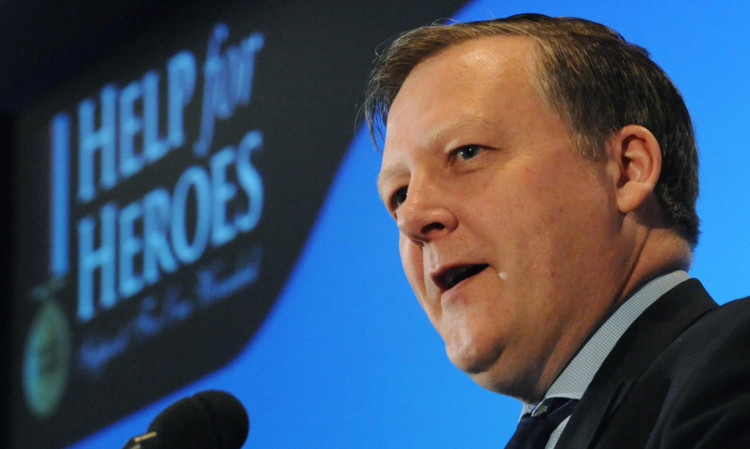
Hundreds of military personnel who have gone AWOL in the past nine years are still missing.
The Sunday Post can reveal the number of British army, navy and air force members currently absent without leave stands at 760 more than an entire army battalion.
And those diagnosed with mental disorders now stands at a seven-year high sparking fears the wars in Afghanistan and Iraq have taken their toll on our brave boys and girls.
In total, 4,500 personnel have gone absent without leave since 2006, with most returning to their units within a few weeks.
The number doing a runner hit a peak of 810 in 2010 a year before the end of the campaign in Iraq, according to Ministry of Defence (MOD) statistics.
Last year alone, more than 300 troops went AWOL and another 100 have gone missing this year. None of those who disappeared in 2013 have been caught.
Soldiers can face up to a year in prison for every day they spend on the run.
Last night the MOD played down the crisis insisting the pressures of fighting since 2001 were not to blame.
But ex-soldier Dennis Carlon, an independent psychologist, said years of fighting, often without the correct equipment, had stretched many troops “to breaking point”.
He said: “It is the pressures of the job, particularly in the recent tours of Afghanistan and Iraq. The tours have been longer and the soldiers have not had the resources.
“The stress is huge and it is something they can’t handle.”
Separate figures reveal 20,118 serving or ex-forces personnel were diagnosed with a mental health disorder in the past seven years with nearly 14,000 given drugs just to help them cope.
Mr Carlon, who works with soldiers suffering Post Traumatic Stress Disorder (PTSD) for the Talking 2 Minds charity, said this was just the “tip of the iceberg”.
“There is a whole combination of stress, anxiety and depression that goes into PTSD,” he said. “The average time for ex-forces personnel to develop the disorder is 12 to 14 years, so we are going to see an explosion in the number of cases in the coming years.”
Kevan Jones MP, Labour’s shadow armed forces minister, said more needs to be done to help soldiers suffering from the fallout of war.
He said: “Great strides have been made over recent years in helping serving and former armed forces personnel with mental health issues and in improving diagnoses.
“However, these figures show that we need to remain vigilant to tackle this problem.”
A spokesman for the MoD said: “We have good service conditions and extensive welfare support in place for personnel and their families and have invested £7.4m to improve mental health services available.”

Enjoy the convenience of having The Sunday Post delivered as a digital ePaper straight to your smartphone, tablet or computer.
Subscribe for only £5.49 a month and enjoy all the benefits of the printed paper as a digital replica.
Subscribe